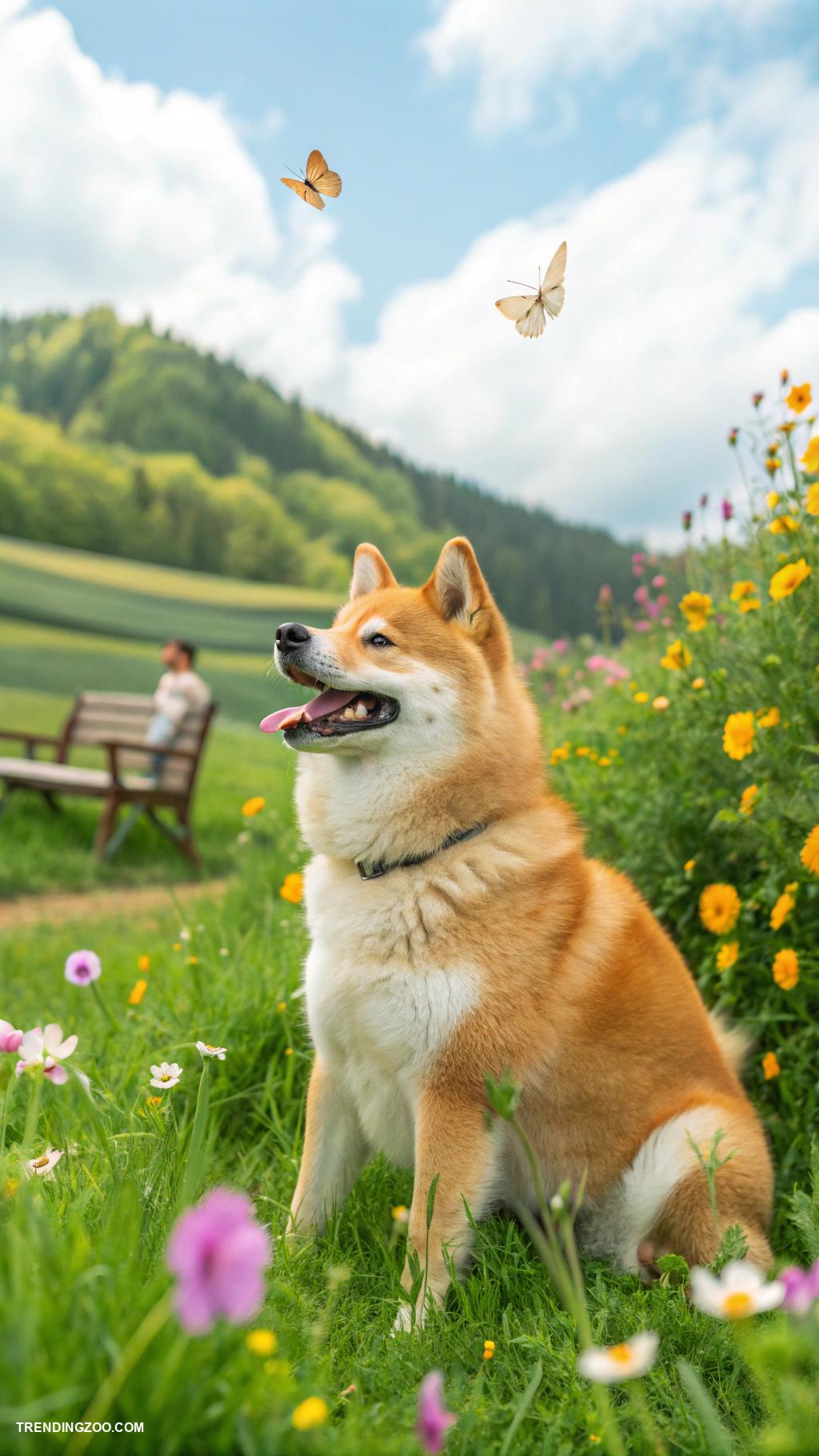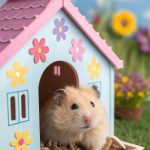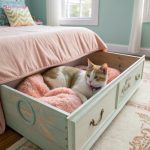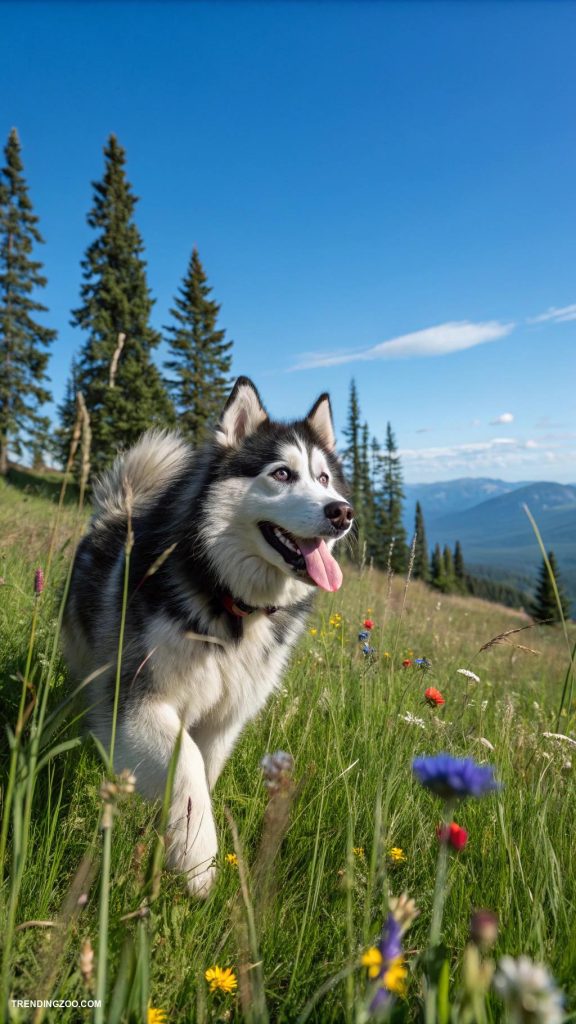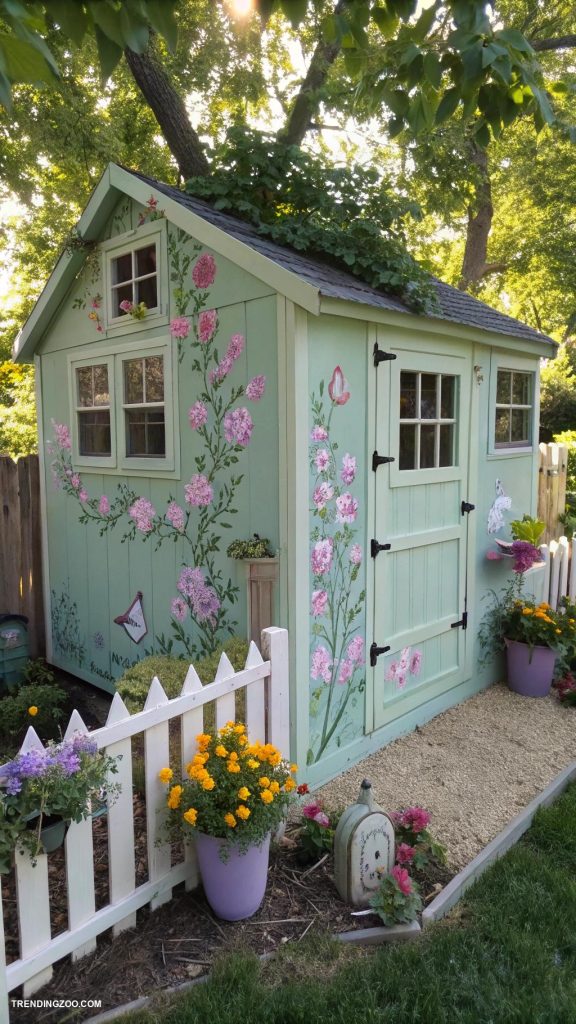The Shiba Inu, a dog breed that embodies the spirit of the wild and the elegance of the refined. With its fox-like features and wolf-inspired howl, this ancient Japanese breed has captivated the hearts of many a dog lover. But beyond its striking appearance, the Shiba Inu is a breed that is full of surprises – from its stubborn yet loving personality to its surprising adaptability to city living.
In this article, we’ll delve into the world of the Shiba Inu, exploring its history, temperament, and unique characteristics that make it a true standout among dog breeds.
Shiba Inu Origin and History
The Shiba Inu, a breed of dog originating from Japan, has a rich and fascinating history that dates back thousands of years. The name “Shiba Inu” literally translates to “brushwood dog” in Japanese, which refers to the breed’s ability to navigate through dense underbrush in search of small game.
Archaeological evidence suggests that the Shiba Inu existed as early as the Jomon period, which spanned from 14,000 to 300 BCE. During this time, the breed was highly valued for its hunting skills, particularly in tracking and killing small game such as rabbits and rodents.
The Shiba Inu was also used for ceremonial purposes, with some evidence suggesting that they were used as companions for the Japanese aristocracy. The breed’s popularity continued to grow throughout Japanese history, with the Shiba Inu being recognized as a distinct breed in the 17th century.
Despite the introduction of Western breeds to Japan in the late 19th century, the Shiba Inu remained a beloved and iconic breed, with its unique appearance and hunting abilities making it a staple of Japanese culture. Today, the Shiba Inu is recognized as a national treasure in Japan, and is highly prized for its loyalty, intelligence, and affectionate nature.
Physical Shiba Inu Characteristics and Appearance
The Shiba Inu is a breed of dog known for its distinctive physical characteristics and appearance. This ancient breed has a compact and athletic build, with a medium-sized body that typically weighs between 15-25 pounds and stands between 13-17 inches tall at the shoulder.
Their coat is one of their most striking features, with a thick double layer that sheds heavily. The outer coat is straight and stiff, ranging in color from red, sesame, and black, while the undercoat is soft and woolly.
Their face is heart-shaped, with a distinctive “fox-like” appearance, and their eyes are almond-shaped and range in color from brown to gold. Their ears are triangular and erect, and their tail is curled and carried high over their back.
The Shiba Inu’s physical appearance is a testament to its origins as a hunting dog, with a rugged and agile build that allows it to navigate difficult terrain with ease.
Temperament and Behavior
Shiba Inus are known for their unique and intriguing temperament, which sets them apart from other breeds. They are often described as independent and strong-willed, with a mind of their own. This can sometimes make training challenging, as they are not always eager to please and may be prone to stubbornness. However, with patience, consistency, and positive reinforcement, Shiba Inus can learn to obey commands and even excel in obedience training.
Socialization is crucial for Shiba Inus, as they can be wary of strangers and may take time to warm up to new people and environments. Once they feel comfortable, however, they are known to be friendly and affectionate with their family, often displaying a strong loyalty and devotion.
In terms of behavior, Shiba Inus are naturally active and love to run, play, and explore their surroundings. They require regular exercise and mental stimulation to prevent boredom and destructive behavior.
Shiba Inus are known for their distinctive howling, which can be a unique and entertaining trait. Overall, Shiba Inus are a fascinating breed that requires a deep understanding of their unique personality and needs in order to thrive.
Training and Socialization Tips
Shiba Inus are known for their strong will and independent nature, which can make training a unique challenge. However, with patience, consistency, and positive reinforcement, you can develop a strong bond with your Shiba and teach them valuable skills.
One of the most important things to remember is that Shiba Inus are naturally curious and love to problem-solve, so it’s essential to make training sessions engaging and interactive. Start with short, frequent sessions and use high-value rewards to encourage good behavior. Avoid punishment or negative reinforcement, as this can create anxiety and mistrust.
Socialization is also crucial for Shiba Inus, as they can be wary of strangers and new environments. Introduce your Shiba to new people, places, and experiences from an early age, using positive reinforcement techniques such as treats and praise. You can also enroll your Shiba in puppy socialization classes, where they’ll have the opportunity to interact with other dogs and people in a controlled environment.
Be mindful of your Shiba’s boundaries and body language, as they can become easily overwhelmed or stressed. By providing a calm and predictable environment, you can help your Shiba feel secure and confident, leading to a more harmonious and enjoyable life together.
Health Considerations and Common Issues
As a responsible pet owner, it’s essential to consider the health considerations and common issues associated with the Shiba Inu breed. One of the most critical concerns is hip dysplasia, a genetic condition that can lead to arthritis and mobility issues. Responsible breeding practices have significantly reduced the incidence of hip dysplasia; however, it remains crucial to work with a reputable breeder who screens for this condition.
Shiba Inus are prone to patellar luxation, a condition where the kneecap slips out of place, which can cause discomfort and pain. Regular check-ups with your veterinarian and maintaining a healthy weight through proper nutrition and exercise can help mitigate these issues.
Shiba Inus are susceptible to eye problems, including progressive retinal atrophy, cataracts, and conjunctivitis. Regular eye exams are crucial to detecting these conditions early on, and prompt treatment can help preserve your dog’s vision.
Another common issue is allergies, which can cause skin irritation, itching, and ear infections. A balanced diet and regular grooming can help alleviate these symptoms, and in severe cases, medication may be necessary. It’s also important to note that Shiba Inus are a relatively healthy breed, but they can be prone to obesity if not given proper exercise.
Grooming and Care Requirements
Shiba Inus are known for their beautiful, fox-like coats that require regular grooming to prevent matting and tangling. Daily brushing is essential to remove loose hair and prevent matting, especially around the ears, neck, and tail. A slicker brush or a pin brush is ideal for this task, as it helps to detangle and remove any knots. It’s also important to clean the ears regularly to prevent infections, and to trim the nails every few weeks to prevent overgrowth.
Bathing is not a frequent requirement, as Shiba Inus are naturally clean animals, but when a bath is necessary, it’s best to use a mild shampoo and avoid getting water in the ears or eyes.
Shiba Inus are prone to shedding, especially during seasonal changes, so it’s crucial to vacuum regularly and consider using a deshedding tool to reduce the amount of loose hair.
In terms of care, Shiba Inus are adaptable to various living situations, but they do require attention and exercise. They need daily walks and playtime to keep them physically and mentally stimulated, and they thrive on attention and interaction. Providing a securely fenced yard or regular access to a securely fenced area is also essential, as Shiba Inus are prone to wandering off!
Lifestyle and Living Conditions for Shiba Inus
Lifestyle and Living Conditions for Shiba Inus Shiba Inus are known for being adaptable dogs, but they do thrive in certain living conditions. Ideally, they require a spacious living area with enough room to move around and exercise. A yard or a park nearby is a must, as they love to run and play outside. However, they can also adjust to apartment living if provided with regular outdoor activities and exercise.
Shiba Inus are sensitive to extreme temperatures, so they need protection from harsh weather conditions. A warm and cozy home with a comfortable temperature range is essential for their well-being.
In terms of furniture and decorations, Shiba Inus are not too picky, but they do have a tendency to chew on things they shouldn’t, especially when they’re puppies. Therefore, it’s essential to dog-proof your home by removing any hazardous items and securing fragile objects. Shiba Inus are also known to be quiet dogs, but they do bark occasionally to alert their owners to potential threats or to express their needs.
They are relatively low-maintenance pets when it comes to grooming, requiring only occasional brushing and bathing. A family with children is an excellent match for Shiba Inus, as they are patient and gentle with kids.

